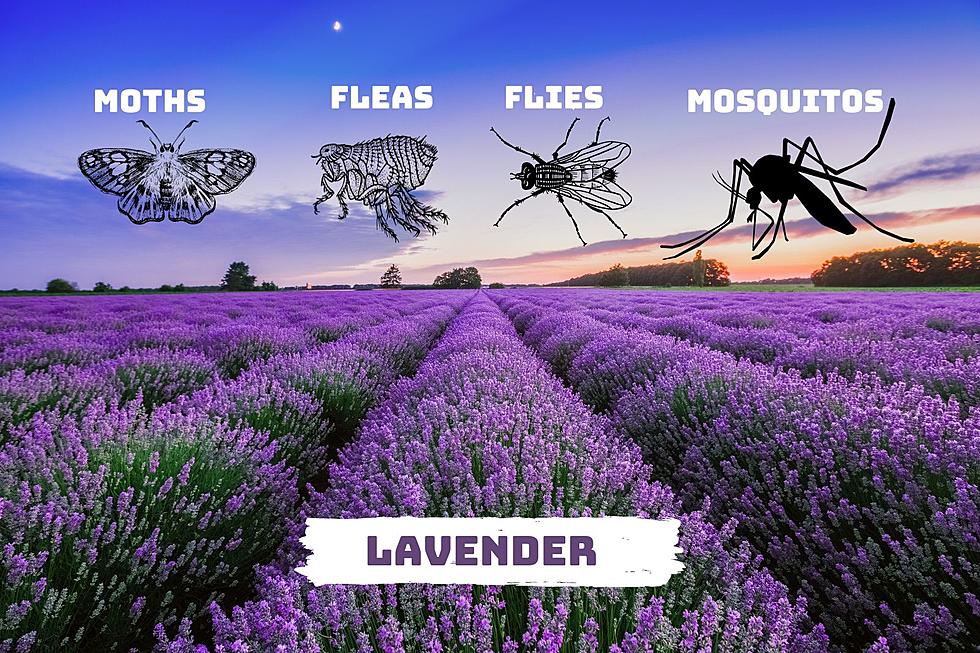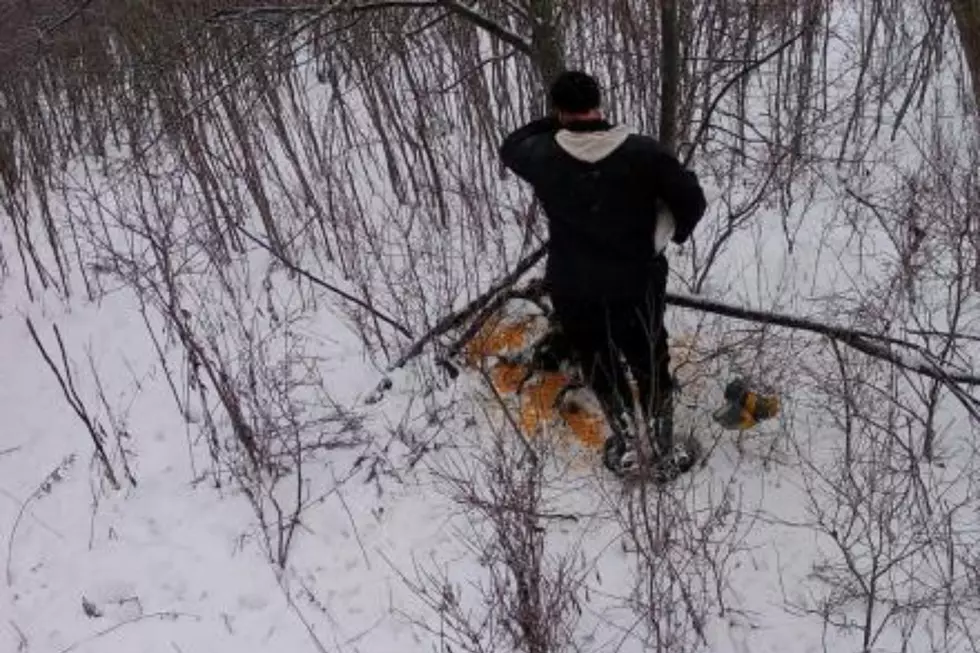
Check Your Trees Tent Caterpillars May Be Back
It's like the "which came first joke" the chicken or the egg. Tent caterpillars come from Gypsy Moths or become them anyway. The Master Gardeners at Cornell Cooperative Extension have noticed a few on the apple trees and suggest you check your trees too.
According to the experts, tent caterpillars run on six-ten year cycles and most will "spin tents" in the branches of trees, They lay eggs in under what looks like hardened foam. You won't likely see them during the day as they feed at night.
Here are some identifying characteristics:
- Adult tent caterpillars are yellowish to brown moths with two narrow stripes across the wings and 1 1/2 " wingspan.
- The larvae are black caterpillars with a white stripe or rows of dots along the back. They also have irregular brownish, blue and red marks along the sides and are covered with fine hairs.
During the low cycle, the caterpillars aren't very dangerous. But when they hit the peak cycle, the pests can consume all the leaves from a tree stunting it's growth for years. They're especially fond of apple, wild cherry and aspen trees.
The caterpillar feeds for five to eight weeks, before migrating down the tree to make the change to moths in about 10 days. The moths then lay eggs in midsummer to start the cycle over.
They have many predators, like flies and wasps that keep their population under control. One of the best ways to combat their work is to plant small flowering herbs and the foot of trees. You can also prune the branches where they have constructed tents or just remove them by hand.
Get more details on identifying and controlling tent caterpillars in the fact sheets at CCE's website or call the Horticulture Hot Line at 315-736-3394 between 9 and noon Wednesday and Fridays.
SOURCE: Cornell Cooperative Extension
BONUS VIDEO:
More From Big Frog 104









